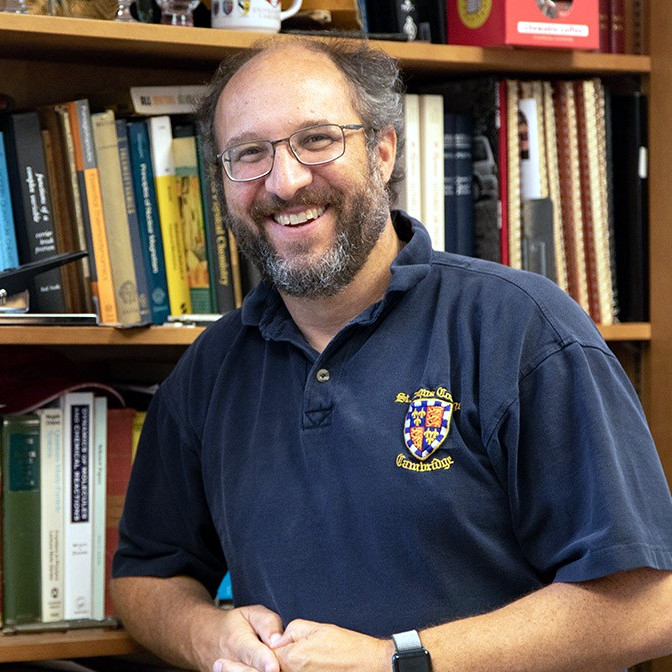Profile: Dr. Bittner obtained his B.S. in Chemistry and in Physics from Valparaiso University in 1988. From 1988 to 1994 he worked with John C. Light at the University of Chicago and obtained his Ph.D. thesis in 1994 on Quantum Theories of Energy Exchange at the Gas-Surface Interface. Subsequently, he worked at the University of Texas at Austin until 1996 as Postdoctoral Fellow of the National Science Foundation, with Peter J. Rossky as his mentor. He was visiting scholar at Stanford University from 1995 to 1997, with Hans C. Andersen as his mentor. In 1997 he joined the University of Houston as assistant professor of Theoretical Chemistry, where he became an Associate Professor of Theoretical Chemistry in 2003. In summer of 2001, he worked as visiting faculty at the Center for Non-Linear Studies at Los Alamos National Lab, Los Alamos, NM. Since 2009, Dr. Bittner is John and Rebecca Moores Distinguished Professor of Chemical Physics at the University of Houston. His main research interests lie with the dynamics of molecules in their excited electronic states. Dr. Bittner and his co-workers have investigated organic semiconductors, in particular, semiconductive polymers, the modulation and tuning of their electronic dynamics due to intramolecular vibrational motions of the polymers, and investigations into phonon modes. They have worked on energy transfer in DNA molecules using methods of molecular dynamics, time-dependent density functional theory (TD-DFT) and analytical lattice models. They have developed a quantum hydrodynamics approach for computing the energies involved in quantum vibrations in small atomic clusters by combining the De Broglie–Bohm formulation of quantum mechanics and Baysian sampling, using this approach also to study quantum aspects of the thermodynamics of small rare gas clusters in thermal regions close to the clusters' melting point. Furthermore, they used supersymmetry (SUSY) quantum mechanics for computing excitation energies of quantum systems using Monte Carlo calculations. His APS Fellowship citation reads:
“For developing theoretical and computational descriptions of quantum dynamics in molecular systems, especially for their use in understanding the migration of energy and charge in molecular electronic excited states.”

Abstract: Electron transfer between molecular donor and acceptor species is a fundamental mechanism for a wide range of chemical processes including photosynthesis, respiration, and detoxification. The cornerstone theory for this is from Marcus which gives the transfer rate between two redox centers in terms of the driving force, reorganization energy, and non-adiabatic coupling. Lost in this description is a clear indication of specific nuclear motions that accompany the process. In my talk, I shall discuss an approach we have developed using a search algorithm to find the optimal combinations of nuclear normal modes that drive and couple intramolecular electronic transitions. I shall discuss our theoretical advances in light of experiments by Weinstein’s group in Sheffield that probe energy transfer in Pt bridged donor/acceptor complexes.

